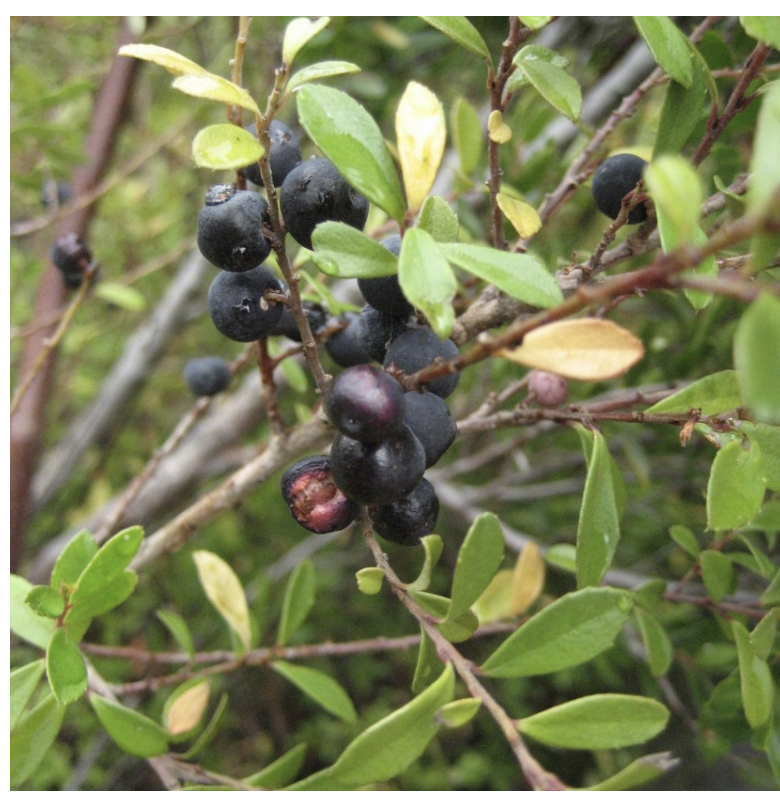Welcome to the Immersive Botanical Garden Experience
Welcome to the Immersive Botanical Garden Experience
In August of 2024, I went on an adventure to Cambria, California to become a certified naturalist thru UC Davis. Part of this program was to come up with a capstone project. To incorporate my love of the outdoors, green space education, and Biophilic design the Immersive Botanical Experience was born.
While you are at the salon, please take a walk around the gardens and get familiar with the world around you. At each plant there will be a QR code with a number. This number corresponds with the number on the website page and will tell you a little bit about each green beauty.
Please enjoy, and if you have anything to share I would love to hear. It would be wonderful to add more to each plant’s story.
Thank you for being part of The Hanging Garden Hair Studio’s Botanical experience.
-Allison Daza
15) Valencia Orange Tree: Citrus sinensis- The Valencia Orange is a sweet orange that is wonderful for juicing. It was hybridized (Pummelo X Mandarin Orange) by William Wolfskill (1798-1866) in the mid 19th century. This orange tree was developed right on his farm in Santa Ana, California when California was still part of Mexico. The oranges were named after Valencia, Spain. Fun fact- Valencia, California was named after this orange tree. This tree has little to no limonin. Limonin is a natural compound found in other oranges that tend to make the orange turn bitter when air hits it. Due to the small/no amount of limonin, the Valencia orange can stay sweet for a long time. Peak season is April to June, so this is a summer fruit. The trees are found in Florida and California. The Valencia Orange tree loves the sun and Mediterranean climate. A citrus psyllid bug has become an awful pest to this beautiful citrus. This pest can carry a virus that will kill the trees. Please keep an eye out if you have a citrus tree. It is incredibly important to not spread this virus.
17) Grafted Coral Cactus: Euphorbia lactea cristata Grafted- This is a grafted combination of a Euphorbia lactea and an Euphorbia lactea ‘Cristata’. Even though it’s common name suggests this plant is a cactus, it is really a succulent. Both parts of the succulent come from Africa and India. This Euphorbia thrives in bright indirect light. Small pink flowers bloom in the summer on the top of the crest. I have also seen leaf growth from the bottom of this Euphorbia. The Euphorbia lactea leaves are deciduous so eventually drop off. This cool succulent looks like something found deep underwater. How ironic considering it loves well drained soil and likes to completely dry out in between waterings.
6) Bird of paradise: Strelitzia reginae- This South African native is known for its flowers and huge leaves. The flowers are recognizable by their Toucan Sam resemblance. The strelitzia’s flowers range from an orange to blue. The flowers are protected in a shealth called a bract. The bract can hold up to two or more flowers. These flowers are used in arrangements and corsages. The bird of paradise can grow 4 feet tall and wide. It is great for pots or in the ground.
4) African boxwood: Myrsine africana- The Myrsine africana is native to China and Africa. It is a shrub that is very easy to keep small. The boxwood adds greenery to a landscape and is wonderful in flower arrangements. The boxwood is not sensitive to pollution, so it is planted a lot in urban environments.
5) Jade plant: Crassula ovata- This drought friendly plant can work well in full or partial shade. It grows think and plump when watered regularly, but can withstand a whole summer with no water. It blooms in late winter or early spring. When blooming the bees love this plant. This plant is native to South Africa and has many other genus. It is extremely easy to propagate and does well in ground or pots.
7) Dwarf myrtle: Myrtus communis ‘Compacta’- Originally from the Mediterranean region and the Middle East, this plant is used as a small hedge. The Dwarf myrtle is and evergreen shrub that has white flowers that bloom in the summer and grow berries in the fall. It is easily grown in the shade or partial sun. They stay small if not watered regularly. But thrive better with regular watering. If you have ever seen a topiary, this is the shub most commonly use.
8) Lily of the Nile: Agapanthus praecox- This South African native can live up to 75 years and easy to care for. Its flowers are purple/blue, and bloom late spring to early summer. There leaves stay green all year round, and have a circular strappy growth pattern.







